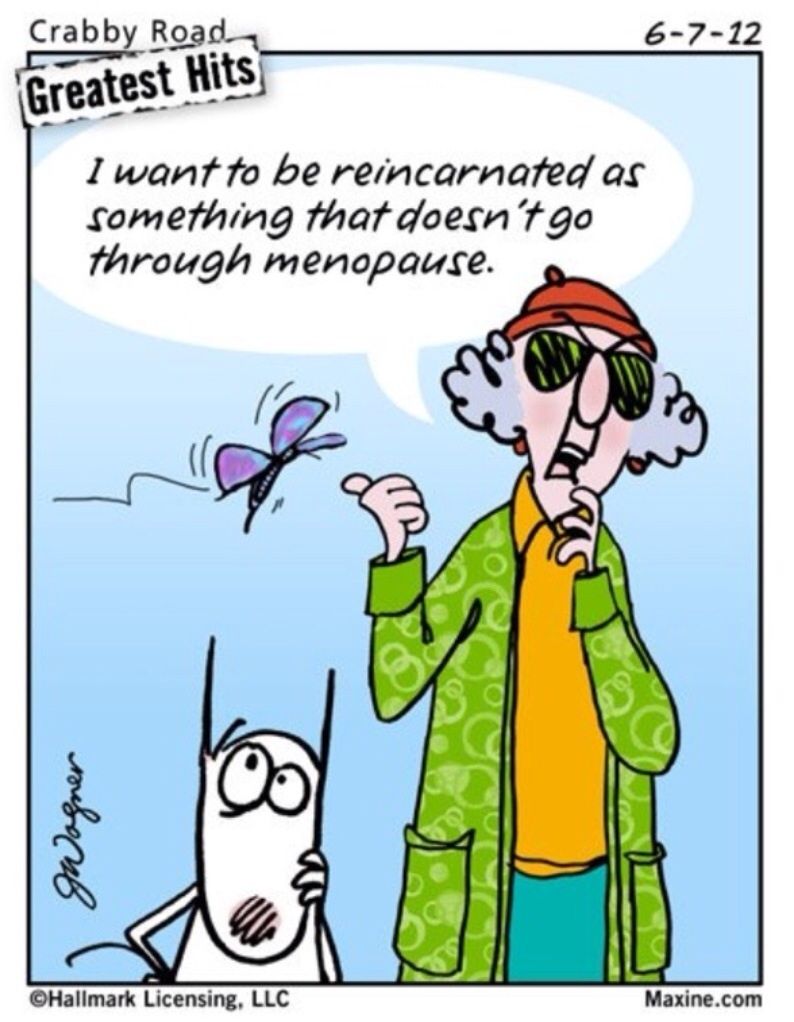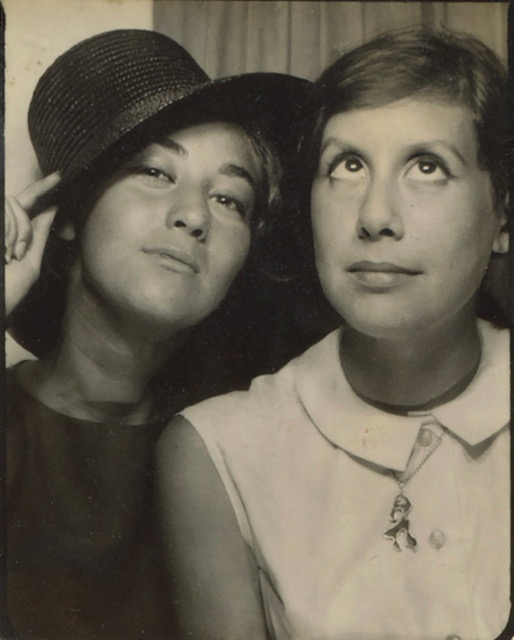If there’s a way to delay menopause, will women jump at the chance? Going by past experience, I might have done just that when I was younger.
I’ve been thinking about this because, according to some, it’s already possible to stave off what used to be called “the change of life.” A fertility clinic called ProFaM in Birmingham, England, has begun to perform a procedure that its proponents believe can stall menopause, perhaps for as long as 20 years.
First, doctors perform keyhole surgery, removing a bit of tissue from a woman’s ovaries and freezing it. Then, when she’s close to the age of menopause (51, on average), they defrost the tissue and implant it in her body. Probably not near an ovary, they say, because that would require more invasive surgery—an armpit is more likely. The implant should begin to produce and release hormones such as estrogen, thereby postponing menopause.
This isn’t a brand-new option. It’s been done for years for young women who have cancer and are facing treatments likely to leave them sterile. About 30 percent of the time, they succeed later in conceiving.
The doctors at ProFaM hope that someday women will routinely use their procedure to postpone menopause. So far, 10 individuals have had the surgery to remove tissue from their ovaries; they were between the ages of 22 and 36. Some years from now, those women will be old enough to have their implants, and we’ll see how well the procedure works.
But some experts warn that this kind of procrastination could increase the risk of cancer. Women who reach menopause (naturally) after turning 55 have a higher-than-usual chance of developing a malignant tumor in their breasts, ovaries or uterus—especially if they began menstruating before the age of 12. Apparently, for women, prolonged exposure to female hormones has a downside.
Why, then, do some scientists think it’s a good idea to delay menopause? The hormones women secrete until midlife seem to protect us from heart disease and osteoporosis. As those hormones dwindle with menopause, so does their protective effect. In addition, many women develop menopausal symptoms such as hot flashes and vaginal dryness. These are simply a nuisance for most, but for 25 to 30 percent they’re a major problem.
In midlife, Kay Klotzburger, president of the Silver Century Foundation, would have welcomed a chance to delay menopause if she’d known what she knows now. She developed osteoporosis. Postponing its development would have made a huge difference to the quality of her life over the years.
I get that, but I can’t help feeling that for most women, delaying menopause—a natural transition in the aging process—is unnecessary and possibly risky, and that to some extent, researchers’ efforts to create a delay smack of both ageism and sexism.
It’s not the first time something like this has been tried. I remember when doctors and drug companies urged women to have hormone replacement therapy (HRT). They assured us that taking drugs to restore our hormones during and after menopause would prevent heart disease and osteoporosis while banishing bothersome menopausal symptoms. HRT would also (by implication) postpone aging. It was sold to women as a way to stay young and desirable.
In the 1960s, an ad for Premarin (a synthetic estrogen used in HRT) read:
The physician who puts a woman on “Premarin” when she is suffering from the menopause usually makes her pleasant to live with once again. It is no easy thing for a man to take the stings and barbs of business life, then to come home to the turmoil of a woman “going through the change of life”. If she is not on “Premarin”, that is.
That was definitely sexist, but it was a highly effective sales pitch. By the 1990s, Premarin was the best-selling drug in the United States. Menopause was redefined as a disorder caused by vanishing female hormones, and many medical experts suggested that post-menopause, every woman should be on HRT for the rest of her life.
I fell for this myself and took hormones for a number of years. Over time, I began to develop cysts in my breasts. Each episode was scary—the cyst had to be analyzed in case it was malignant. In the 1990s, I gave up hormone replacement and immediately dropped right back into the middle of menopause, as most women do in those circumstances. Luckily for me, menopausal symptoms like hot flashes were just a nuisance, though mine hung around for years. I’m 85 and I still flash occasionally.
In 2002, years after I stopped HRT, the results of a huge study revealed that, far from protecting women from heart disease, HRT actually increased our risk of having a stroke or developing blood clots—or breast cancer. When that news broke, I felt disillusioned and angry.
Today, hormones are still sometimes prescribed to suppress menopausal symptoms but FDA guidelines recommend using the lowest dose that works and taking it for the shortest possible time.
If the ProFaM procedure succeeds in staving off menopause for a time—along with the development of osteoporosis and heart disease—and if it’s safer than HRT, that could make a huge difference for some women. But the problem is, none of us know what our health will be like in the future, so how can we decide whether delaying menopause is a good idea?
I worry that some women will decide to have the procedure not so much for health reasons but because they think that, if they can keep those hormones flowing, they’ll keep looking reasonably young and desirable, and they’ll also postpone old age. We’ve been bamboozled before.
Menopause does signal a momentous change in a woman’s life: the end of her child-bearing years. But it’s also the beginning of a time of life that can be immensely freeing and satisfying, a time when she still has many years ahead of her and the energy and experience to make the most of them.
Hot flashes and all, the change of life can be something to celebrate.

Flora Davis has written scores of magazine articles and is the author of five nonfiction books, including the award-winning Moving the Mountain: The Women’s Movement in America Since 1960 (1991, 1999). She currently lives in a retirement community and continues to work as a writer.



